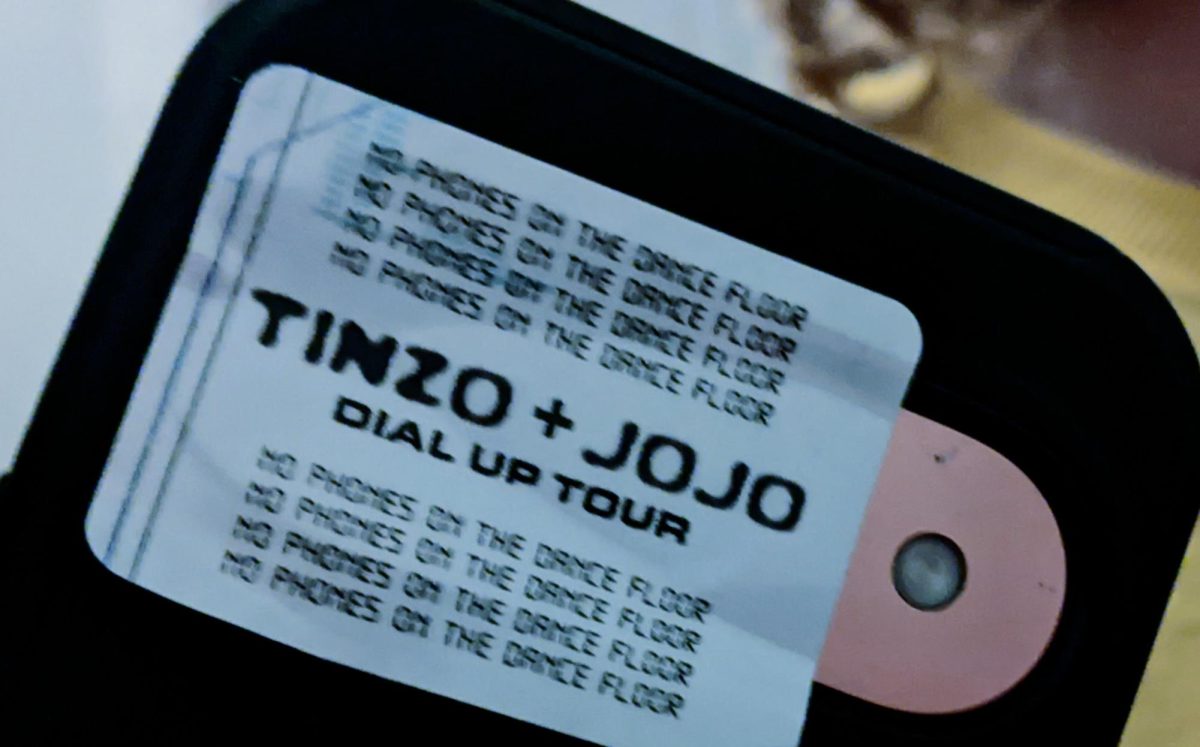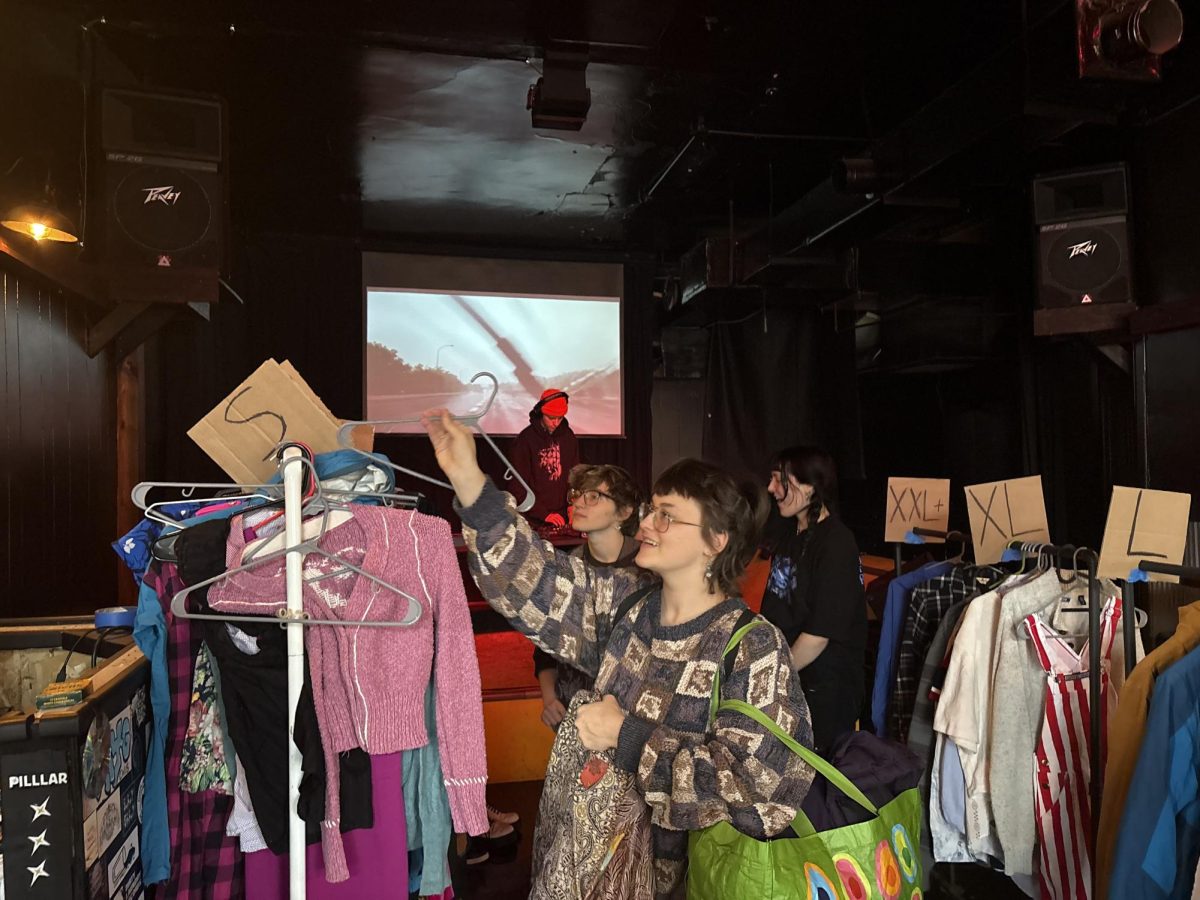When it came to “West Side Story,” Joseph Haj and the Guthrie Theater production team found the key to developing their retelling of the classic musical in the opening lines of the script’s stage directions. Playwright Arthur Laurents describes the typically-staged-as-white Jets’ opposition to the Puerto Rican Sharks as “an anthology of what is called ‘American.’”
In interpreting this phrase and researching the history of the varied gangs of 1950s New York City, Haj and his production team transformed “West Side Story” into a diverse, kinetic depiction of warring groups and star-crossed lovers. The show probes and questions: what does it mean to live in America?
Based on “Romeo and Juliet,” this love story is, on its surface, simple and familiar. Tony, a former Jet, meets Maria, whose brother is the leader of the rival Sharks, at a dance. They fall in love instantly.
It is, of course, a doomed love story, complicated by the world around it.
Jen Caprio’s costume design dresses the Sharks in warm reds and yellows; the Jets wear cool blues and greens. This colorful cohesion is supported by each ensemble member’s individualism — they might have suspenders, tattoos or glasses. Caprio’s designs emphasize how, even though Maria and Tony lead this story, there are other narratives within. We just aren’t seeing them in the moment.
Sometimes, the Statue of Liberty hangs over the orchestra. It’s tilted at an angle, as if about to crash to the ground, torch first. The towering set piece poignantly nods to the disarray below.
Other times, however, the world seems a bit removed. The steely grandeur of the Wurtele Thrust Stage is sometimes sparse, void of reminders of New York City streets.
“West Side Story” takes place in late summer, but as the days heat up as much as the fights the stage can feel too cool for the weather.
Even so, when the full ensemble is onstage, Haj and choreographer Maija García build lush worlds of rivalries, alliances and love stories.
The neighborhood-wide dance scene where Tony and Maria first meet is dizzying in the best way. Pick a member of the ensemble to watch, and you might miss the young lovers making eye contact across the dance floor for the first time. You won’t lose track of them for long, though.
Tony and Maria’s love story can often feel artificial and fleeting. In the Guthrie’s production, however, their romance grounds a world of chaos.
Marc Koeck’s Tony is as charmingly boyish as he is suave. Mia Pinero performs Maria’s sweetness with a driving current — limited by rules and her new life in America, she is as determined to find her way as she is to be with Tony. Together, these actors forge a chemistry that serves as a comforting touchstone.
The most striking element of the Guthrie’s “West Side Story” is García’s choreography. If you’re wary of seeing a dance-driven musical about warring gangs, you shouldn’t be. Her direction is modern, punchy and even violent, underscored by an elegance of the original choreography by Jerome Robbins. The opening scene, which depicts confrontations between the Sharks and Jets, is both thrilling and intimidating to watch.
The Guthrie’s “West Side Story” hits multiple layers of notes and themes — love, fear, identity, immigration. Here, they’ve achieved a retelling of a well-known story that is both urgent and familiar, incisive and classic.
Grade: A-
Note: “West Side Story” runs through August 26. Find more ticket information on the Guthrie’s website (guthrietheater.org). Student rush tickets cost either $25 or $30, depending on the time of the performance. Students can get $3 or $6 off their ticket, depending on the location of the seat.
Looking for more “West Side Story?” The Guthrie is also co-hosting a free screening of the film with the Minneapolis Parks and Recreation Board. Tickets are free, just head to Kenwood Park on July 8 to see the classic movie. The film begins 15 minutes after sunset at approximately 9:15 p.m.













